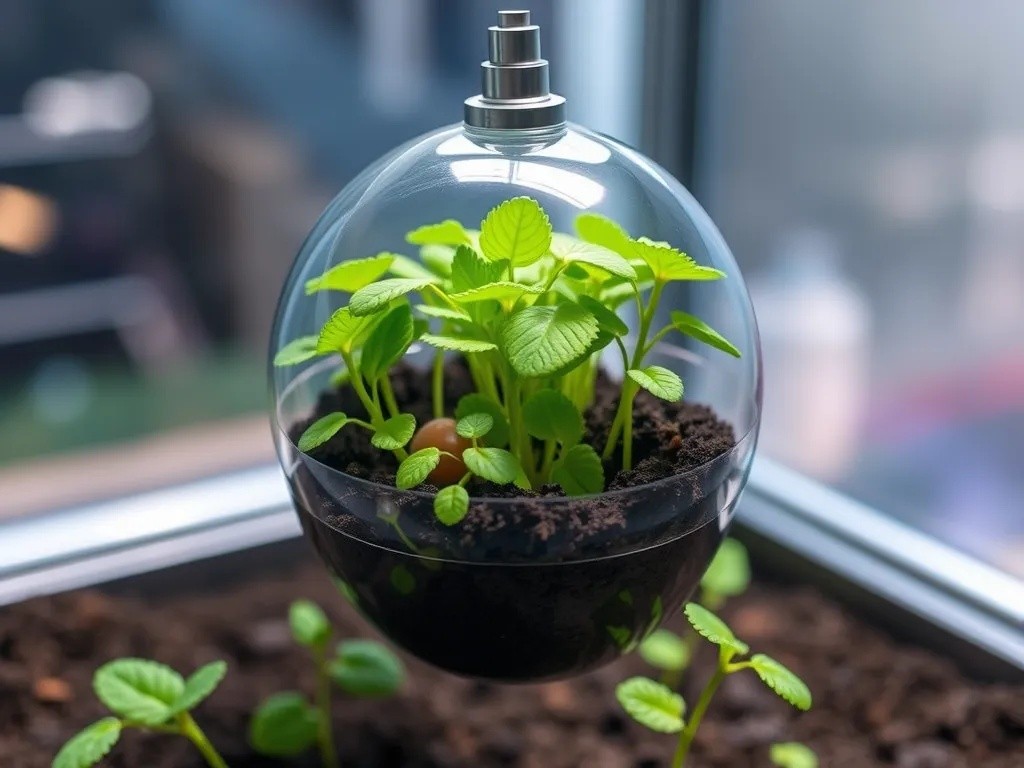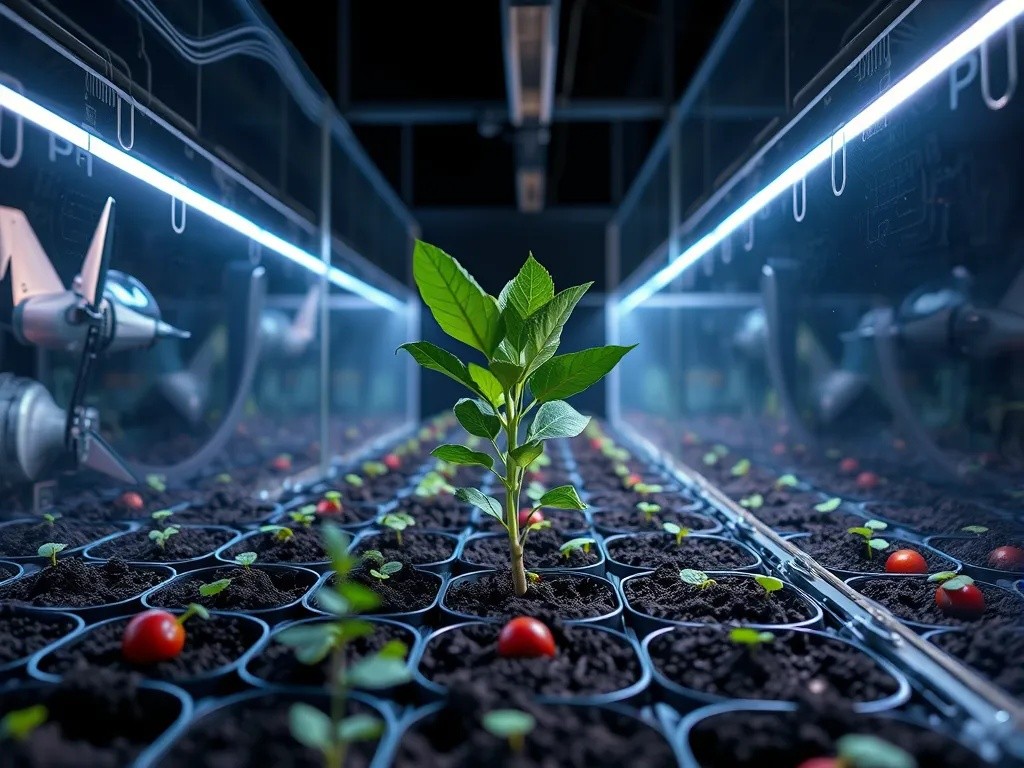In recent years, there has been a significant advancement in the field of Artificial Intelligence (AI) and Augmented Reality (AR). These technologies have become increasingly popular and have the potential to enhance virtual experiences in various fields such as gaming, education, healthcare, and...
Computer Learns to Grow Food in Space for Future Astronauts

As humanity prepares for extended missions to Mars and beyond, one of the most critical challenges facing space agencies is ensuring astronauts have access to fresh, nutritious food. Traditional food storage methods are insufficient for multi-year journeys, leading researchers to develop sophisticated artificial intelligence systems that can learn and optimize space agriculture in real-time.
The Challenge of Space Agriculture
Growing food in space presents unique obstacles that terrestrial farming never encounters. The microgravity environment, limited resources, controlled atmospheres, and radiation exposure create a complex web of variables that must be carefully managed. Traditional farming knowledge becomes insufficient when plants must grow without soil, natural sunlight, or Earth's gravitational pull.
Key Environmental Factors
- Microgravity effects on root development and water distribution
- Limited space and weight constraints for growing systems
- Artificial lighting requirements and energy efficiency
- Atmospheric composition and air circulation management
- Temperature and humidity control in closed systems
AI-Powered Growing Systems
Modern space agriculture relies heavily on machine learning algorithms that can process vast amounts of environmental data and make real-time adjustments to optimize plant growth. These intelligent systems monitor everything from nutrient levels in hydroponic solutions to the precise wavelengths of LED lighting required for different growth phases.
How AI Learns to Farm
The artificial intelligence systems use advanced sensors to collect continuous data streams about plant health, environmental conditions, and resource consumption. Through machine learning techniques, these computers identify patterns and correlations that human operators might miss, gradually developing optimal growing protocols for different crops in space conditions.
The AI analyzes multiple variables simultaneously, including:
- Photosynthetic efficiency under different light spectrums
- Nutrient uptake rates in microgravity conditions
- Water distribution patterns in root systems
- Growth rates and biomass accumulation
- Pest and disease detection through image analysis

Current Research and Development
NASA, ESA, and private space companies are actively developing these intelligent agricultural systems through ground-based simulations and International Space Station experiments. The VEGGIE and Advanced Plant Habitat systems aboard the ISS serve as testing grounds for AI-enhanced growing techniques.
Machine Learning Breakthroughs
Recent advances in computer vision and deep learning have enabled systems to identify plant stress, disease, and optimal harvest timing with remarkable accuracy. Neural networks trained on thousands of images can detect subtle changes in leaf color, shape, and texture that indicate specific nutritional deficiencies or environmental stressors.
Future Applications
As these AI systems become more sophisticated, they will play crucial roles in establishing sustainable food production on Mars and lunar bases. The ability to adapt growing protocols to different planetary environments, atmospheric compositions, and available resources will be essential for long-term human settlement beyond Earth.
Benefits for Deep Space Missions
- Reduced dependence on Earth-supplied food
- Improved crew nutrition and psychological well-being
- Efficient resource utilization and waste recycling
- Adaptive responses to equipment failures or environmental changes
- Continuous optimization based on mission-specific constraints
Implications for Earth Agriculture
The technologies developed for space farming are already finding applications in terrestrial agriculture. Vertical farming operations, greenhouse automation, and precision agriculture systems benefit from the same AI-driven optimization techniques being perfected for space missions.
Conclusion
The development of intelligent agricultural systems represents a crucial step toward sustainable human presence in space. As these computer systems continue learning and improving, they bring us closer to the dream of self-sufficient space colonies and successful Mars missions. The fusion of artificial intelligence with space agriculture not only ensures astronaut nutrition but also demonstrates humanity's innovative approach to overcoming the challenges of space exploration.



